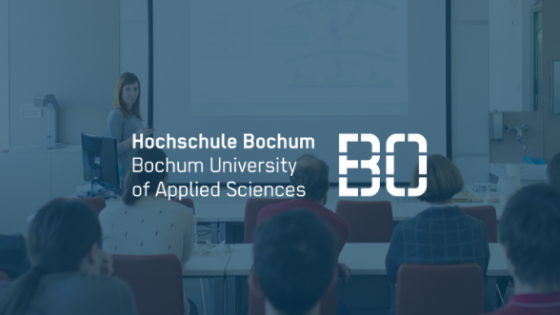How can a university streamline software license management? This was the question Tufts University had to consider when they set out to optimize their process for getting software into students’ hands.
Tufts found several areas in which their existing methods for managing and distributing software could be improved. During a webinar with Kivuto at the 2022 EDUCAUSE Conference, Dianne Silva, from Tufts’ Central IT Division, identified three key changes necessary to optimize these processes
Has your institution taken these steps toward streamlining software license management? Read on to learn what changes Tufts deemed necessary and why.
Automate Manual Processes
The number-one problem Tufts identified was the number of manual processes involved in the management and delivery of software licenses.
Silva highlighted the product GraphPad Prism as an example. Every process related to this software – from acquisition to distribution to renewals – was done manually. Departments had to submit paperwork to request the purchase of licenses. The software had to be remotely installed by the IT Services desk. There were no automated renewal notifications, so the school had to send out emails to remind users to renew.
“We were probably spending somewhere around eight or nine hundred hours a year – which is about 16-20 hours a week – on just this one software package,” Silva estimated. And this product wasn’t her team’s only source of manual work. The need for automation was clear, as doing everything manually had become too big a drain on staff’s time.
Provide Self-Serve Access
Related to the need for automation, Tufts determined that the way students acquired software had to be overhauled. Historically, students had to contact IT Support to get the software they needed installed. This was both a burden on staff and an inconvenience for students, who could only acquire software within designated hours.
Silva cites Adobe Creative Cloud as one of the most challenging pieces of software to provide access to. Creative Cloud is a massive and expensive software suite, and it was in high demand within Tufts’ School of Fine Arts. Initially, the software was only available in campus labs due to the challenges of managing named-user licenses.
“The biggest problem was how to get [software] to the faculty, staff, and students efficiently,” said Silva. The solution was a platform through which students could self-serve access to the software they needed 24/7. In the case of Adobe Creative Cloud, this platform would need to support automatic provisioning and deprovisioning of named-user licenses so that eligible students could access the software on their own devices.
Recover & Optimize Costs
Tufts didn’t just need to make software license management more efficient. These processes also had to be cost effective, which presented its own set of challenges and requirements.
First of all, the university needed a means of recovering costs for certain software licenses. In addition to being secure and reliable, their cost-recovery mechanism would have to be flexible. It would need to support online payments for software by credit card (be it by students or on their behalf) as well as departmental settlements via billing codes.
When it came to centrally funded software offered free to students, optimizing costs required insights into product demand and usage. “We couldn’t track who was using [software], whether it was a faculty, staff, or students, what school did they go to, or what department they were in,” said Silva. This would have to change in order for Tufts to ensure it was getting adequate bang for their buck.
What Was the Solution?
To summarize: Tufts needed a way to automate processes, provide 24/7, self-serve access to software, and optimize costs through e-commerce, interdepartmental billing, and better insights into product demand. Fortunately, they were able to find a single solution that accomplished all of this.
Kivuto Cloud has equipped Tufts with a one-stop shop through which their students, staff, faculty, and researchers can access all the software they need at any time and from any device. The platform automates many of the manual processes Tufts’ staff were struggling with, including those involving GraphPad Prism and the provisioning and deprovisioning of named-user licenses for Adobe Creative Cloud. Kivuto Cloud also provides visibility into software adoption and supports diverse cost-recovery options, including online payments and interdepartmental settlements.
Want the full story of how Tufts optimized software license management with Kivuto Cloud? Watch our webinar from EDUCAUSE 2022 – Streamlining and Optimizing Software Licensing at Tufts University. And if your institution is considering taking any of the steps Tufts took, you can always reach out to Kivuto to learn how our platform can help.













